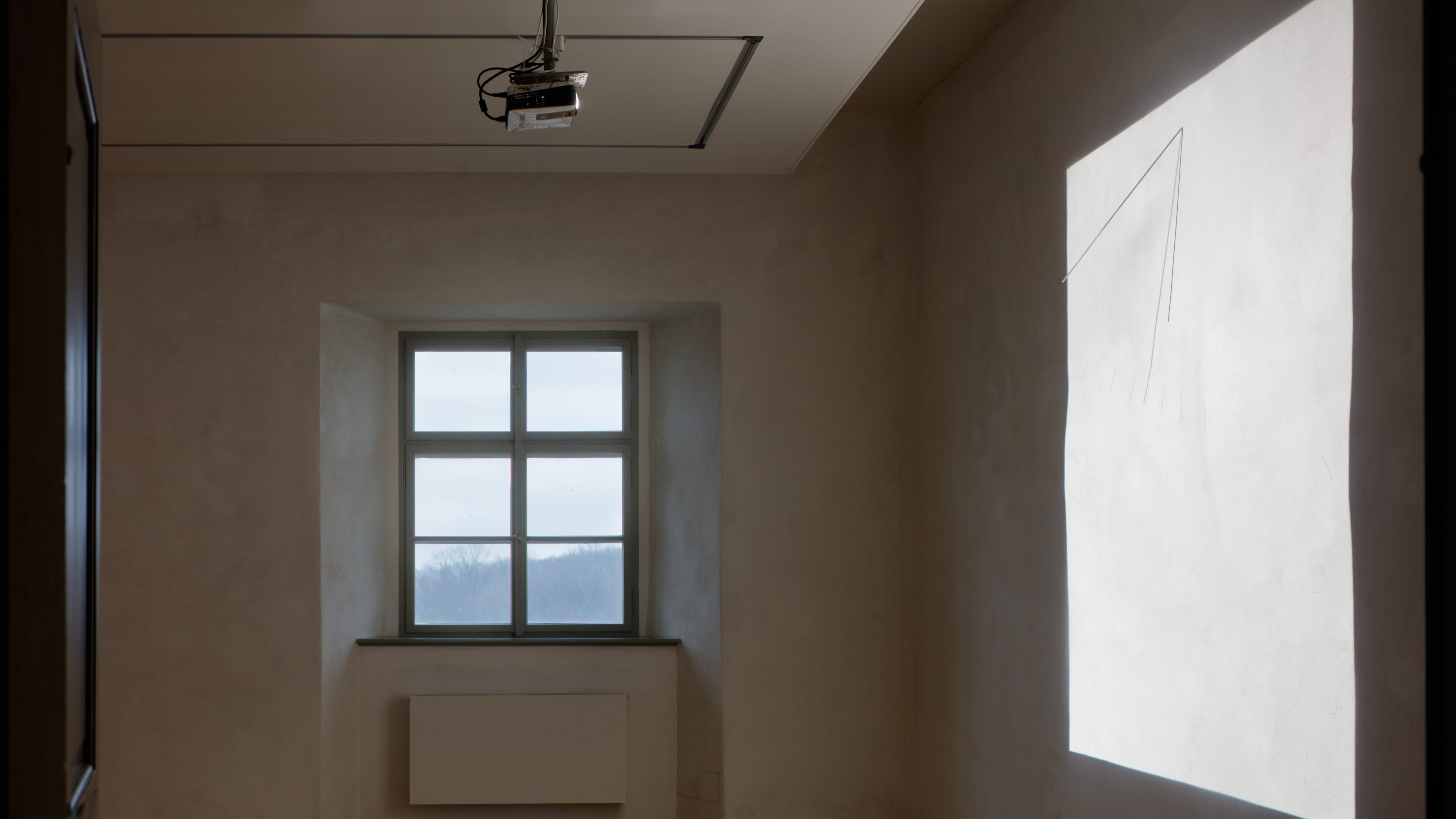The pendulum of a clock is called in German Unruhe, that is to say, uneasiness (Gottfried Wilhelm Leibniz)

27. 05. 2018

The pendulum of a clock is called in German Unruhe, that is to say, uneasiness (Gottfried Wilhelm Leibniz)

The pendulum of a clock is called in German Unruhe, that is to say, uneasiness (Gottfried Wilhelm Leibniz)
Daniel Hanzlík (1970) and Pavel Mrkus (1970) present a set of works inspired by the duality of the physical vs. virtual perception of time and temporal processes. Their exhibition works with the familiar physical laws by which we orient ourselves in the world, but at the same time it reflects the fictional world of virtual data environments that increasingly influence our perceptions, experiences and decision-making. These two aspects of our bi-polar world merge into one to create a new illusion of reality.
The exhibited works are created primarily by combining objects, projections and spatial installations. The artists also make use of audiovisual formats, interactivity or real-time data visualisation.
The exhibition is divided into several sections (installations, solo works and collaborative realizations), although the various rooms remain visually connected. As a result, the exhibition space becomes a unifying element for presenting time through the visual senses. Seeing Time not only asks how to see time but also how to (properly) see time formats – natural as well as simulated. Translating time into analogous formats of visual imitation is of fundamental and foundational meaning for culture and civilisation. The exhibition gives physical expression to something essential, and makes references to the past, present and future.
The project, whose unifying theme is time (Seeing Time), is built on a diversity of artistic approaches. The exhibited works include models reconstructing and imitating natural processes related to the cyclical nature of physical laws and their digital dematerialization (Sundial, Ocean Modifier); an installation that explores human activities in relation to the near future (Permanent Illusion of Stability); a model situation that works with a divergent transcription of the same scene into a mediated mirror image (Creek in the Woods); a virtual object that moves across the visitor’s path (Pendulum); and a monumental multi-media installation that presents time as a simultaneously observed and evaluated process (Thaw). The two artists joined forces to create the collaborative installation titled Superposition, which makes fundamental use of the visitor’s physical presence and his movement within the clearly defined space of the monastery hallway. After this tour of the world of virtuality (or before it), time is again given a physical dimension. However, the process of its becoming self-aware can suddenly be in some way new or different.
Epilogue: “I don’t own a watch or a clock. I think of time in other totalities now. I think of my personal time-span set against the vast numerations, the time of the earth, the stars, the incoherent light-years, the age of the universe, etc.” (Don DeLillo, Cosmopolis)
Petr Vaňous, Prague, February 2018